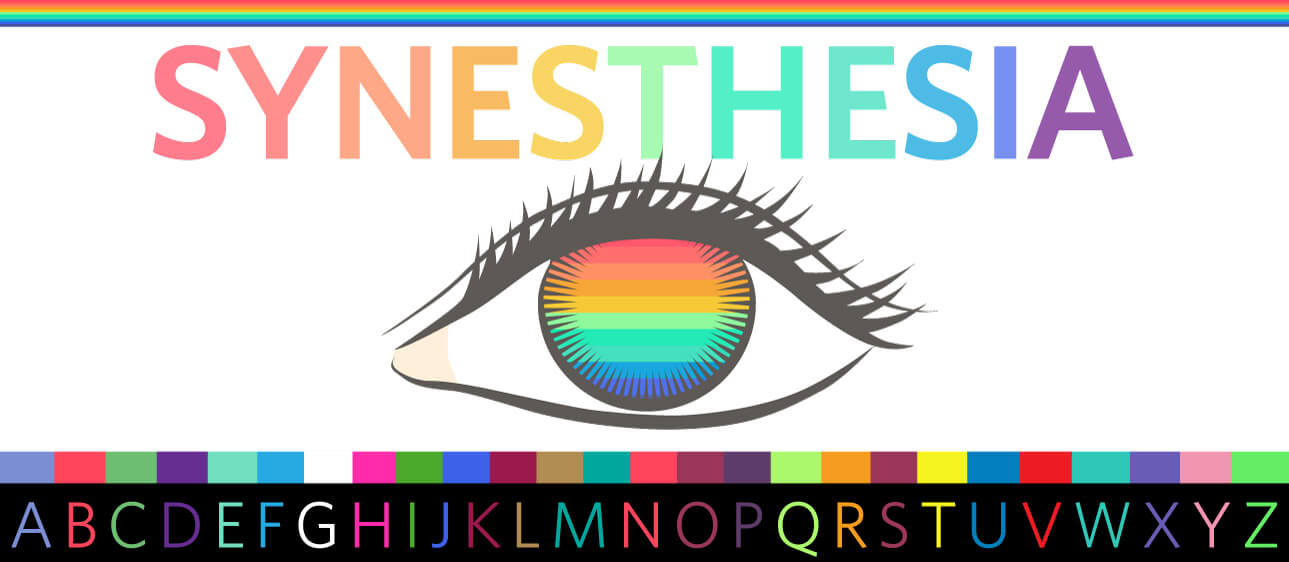


That same year, two research teams reported an increased occurrence of synesthesia in people with autism 1, 2.
#WHAT IS SYNTHESIA MANUAL#
In 2013, sensory alterations appeared as a new autism criterion in the newly minted fifth edition of the Diagnostic and Statistical Manual of Mental Disorders ( DSM-5). At the same time, researchers began looking closely at altered sensory processing in people with autism. This case and others inspired more formal inquiries into a possible overlap between the two conditions. Tammet sees numbers in color and with textures and shapes, and has extraordinary recall: In 2004, he recited 22,414 digits of pi from memory 5. One of the first clues that autism and synesthesia may be related came in 2007, when researchers published a case study of an autistic savant with synesthesia named Daniel Tammet. Many questions remain: What is the relationship between synesthesia and specific autism traits? Does synesthesia contribute to feelings of sensory overload in autism? Are autistic individuals who experience synesthesia aware of their unusual perceptual experience? Studying the overlap between synesthesia and autism could help answer these questions and refine hypotheses about the biological basis of both conditions. The two conditions also share brain connectivity patterns and possibly genes, suggesting they have common biological underpinnings. Synesthetes often have sensory sensitivities and attention differences, as well as other autism traits 3, 4. Over the past few years, researchers have found that people with synesthesia or autism share many characteristics. Why would two relatively rare conditions occur together so often? But as much as 20 percent of people with autism experience synesthesia 1, 2. In the general population, the phenomenon is relatively rare: Only 2 to 4 percent of people have it. And many types exist: A taste can have a shape, a word can have a color, the months of the year may be experienced as an array around the body. Instead, synesthetic associations are perceptual, highly specific and idiosyncratic, and typically stable beginning in childhood. Synesthesia is not to be confused with common metaphors - such as saying someone ‘sees red’ to describe anger. For people with synesthesia, ordinary sensory events, such as listening to music or reading text, elicit experiences involving other senses, such as perceiving a taste or seeing a color. Have you ever considered what your favorite piece of music tastes like? Or the color of Tuesday? If the answer is yes, you might be a synesthete.


 0 kommentar(er)
0 kommentar(er)
